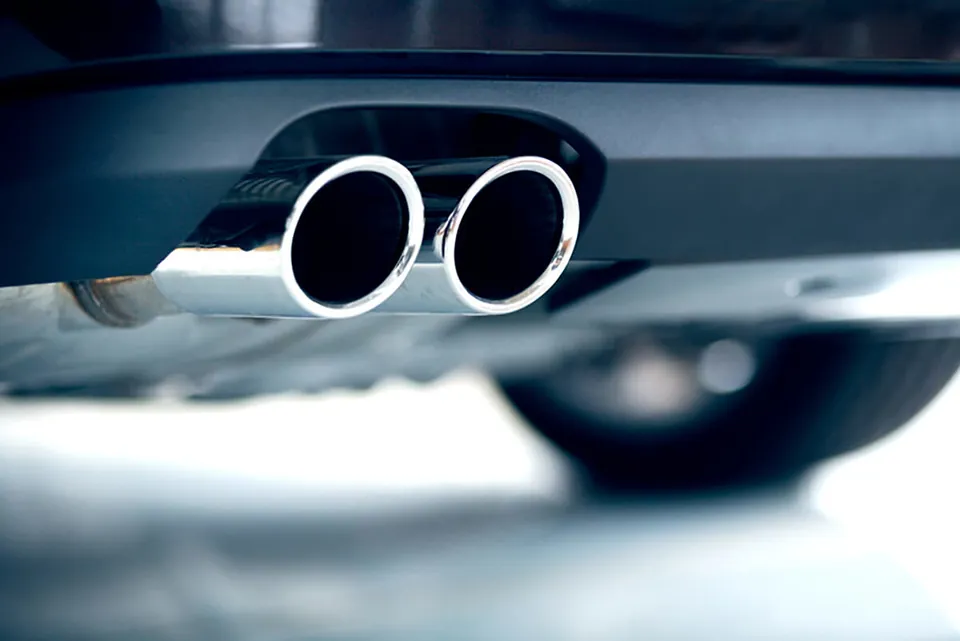The gap between real-world fuel economy and carmakers’ official figures is widening, with company car drivers suffering the biggest shortfall, new research suggests.
On average, private motorists are achieving 31% less than the manufacturers’ claimed mpg, a huge increase on the 8% shortfall in 2001.
But fleets are faring worse still, with company car drivers facing a 43% shortfall, according to the Transport & Environment’s 2014 ‘Mind the Gap’ report.
The campaign group claims the current system of testing cars to measure vehicle fuel economy and CO2 emissions is not fit for purpose.
“Carmakers, not drivers, are the cause of the problem, as obsolete official test results are manipulated and new technology is fitted to cars which largely improves fuel economy in laboratories rather than on the road,” it said.
“Distorted test results deceive drivers who achieve much poorer fuel economy than is promised in glossy marketing.”
Transport & Environment calculates that the discrepancy over a four-year/80,000-mile replacement cycle could cost a fleet £3,800 for a typical company car.
In 2006, when figures for company cars were first recorded, the divergence averaged 13% compared with just over 10% for private cars. By 2012 it had increased to more than 35% and 25% respectively, and the gap has continued to grow.
The report cites research by the International Council on Clean Transportation (ICCT), which analysed real-world fuel economy and official test results data relating to 540,000 private and company cars from Germany, the Netherlands, Switzerland and the UK, of which more than 400,000 were company cars.
It deduced that company car drivers suffered a greater shortfall due to the fact they covered more motorway miles where the gap is at its greatest.
Using the research, Transport & Environment said Mercedes-Benz is the “current leader at manipulating the way vehicles are tested”.
The German marque, whose models it is claimed used almost 40% more fuel than its brochures promised, was followed by BMW, Ford, Vauxhall/Opel, Volkswagen, Renault, Fiat, PSA Peugeot Citroën and Toyota.
The average divergence was 30% with Mercedes-Benz, BMW and Ford above that mark.
The report said: “With an increasing discrepancy between type approval and real-world emissions, there is a risk that low-carbon vehicles could benefit from tax breaks even though they did not perform better under real-world driving conditions than vehicles that do not fall into low tax brackets.”
Vehicle manufacturers have defended themselves against any abuse of the current laboratory-based fuel economy tests and said they are working hard with legislators to develop a new more robust test. The Worldwide Harmonised Light Vehicles Test Procedures (WLTP) could be introduced in 2017.
“The new WLTP test procedure needs to be completed properly so that it can be a robust tool for comparing one vehicle against another,” said a spokesman for the ACEA – the European Automobile Manufacturers’ Association.
A spokesman for Mercedes-Benz said the NEDC process of measuring emissions and fuel consumption of every car was closely monitored by the authorities.
He said independent variable factors such as temperature, individual driving styles, topography and load impacted on real-world fuel efficiency and thus a possible difference from certified figures.
The spokesman added: “Independent of the NEDC testing, the real-life efficiency of our vehicles remains a vital priority in our development and design process.”


















David Watts - 18/12/2014 08:32
The difference between official mpg figures and real life is not new and is something that we have been aware of for many years. Taking the official figure and reducing it by 15-20% has been the standard approach for as long as I can remember so I'm not sure why this subject has suddenly become a contentious issue - whether there is a genuine increase in this difference is another matter and maybe that's the reason. However, in all these articles that report on company car drivers suffering as a result of this there is never any recognition of the fact that if the official mpg is artificially high then the official CO2 is artificially low and so if we were to use a more real life figure it should be at least 15-20% higher. The implication of this, therefore, is that all company car drivers have been benefiting from lower company car tax bills since 2002 than they should have been paying if more real life figures had been used. An instant result of the manufacturers changing the testing profile for the mpg figures for new cars will be that CO2 figures will go up - will we then see a whole series of articles complaining about this and how company car drivers are suffering as a result?!